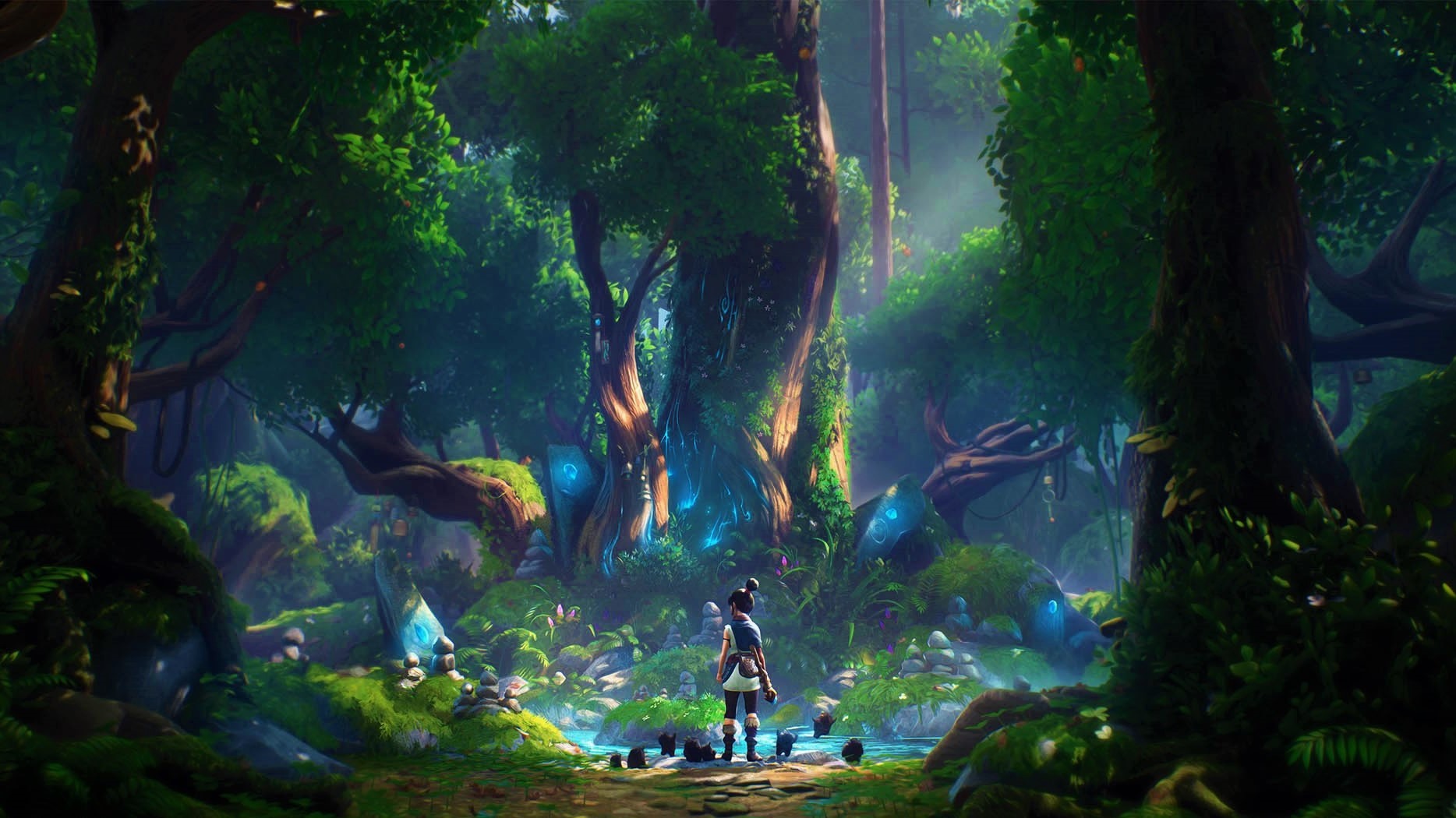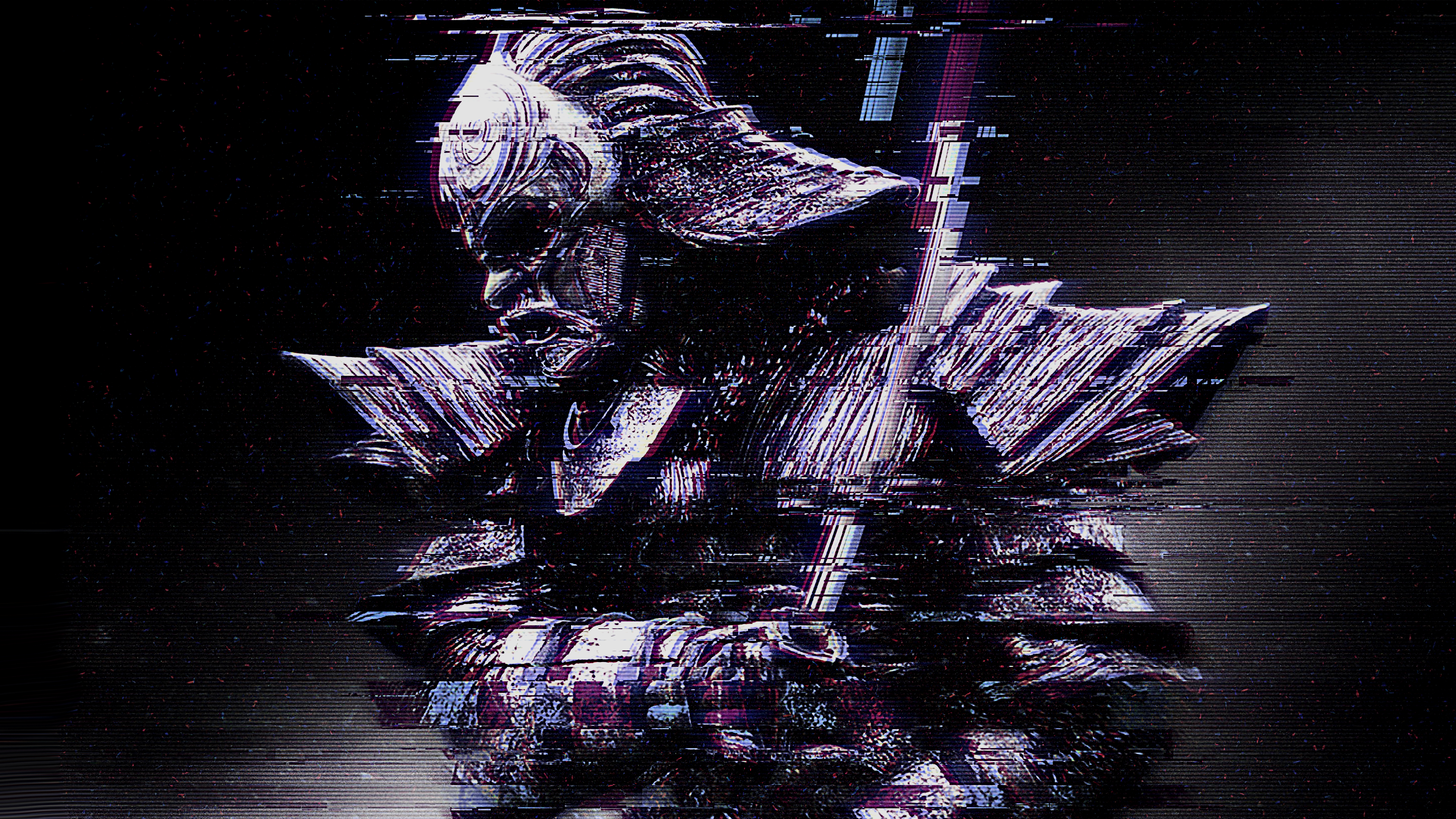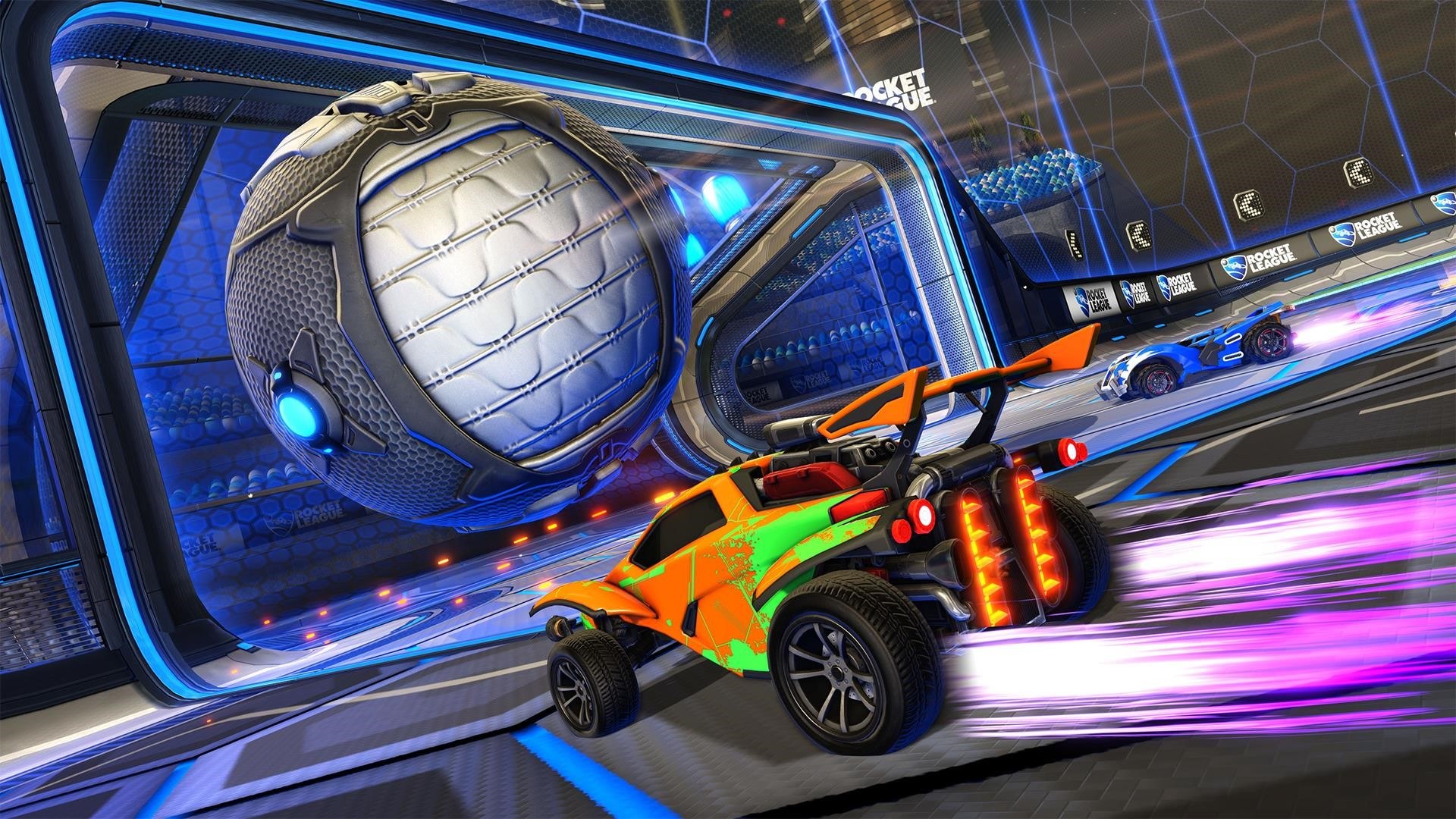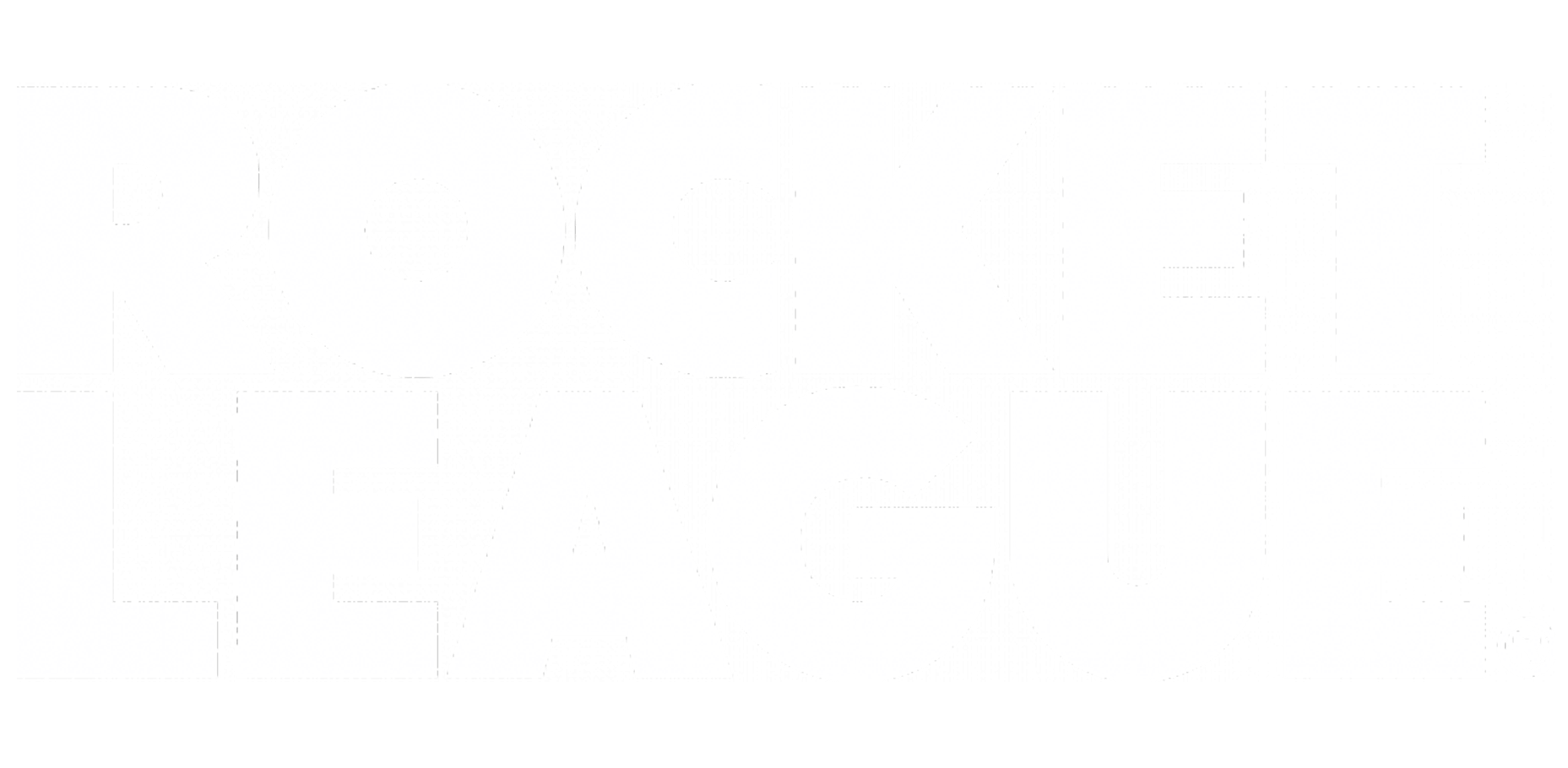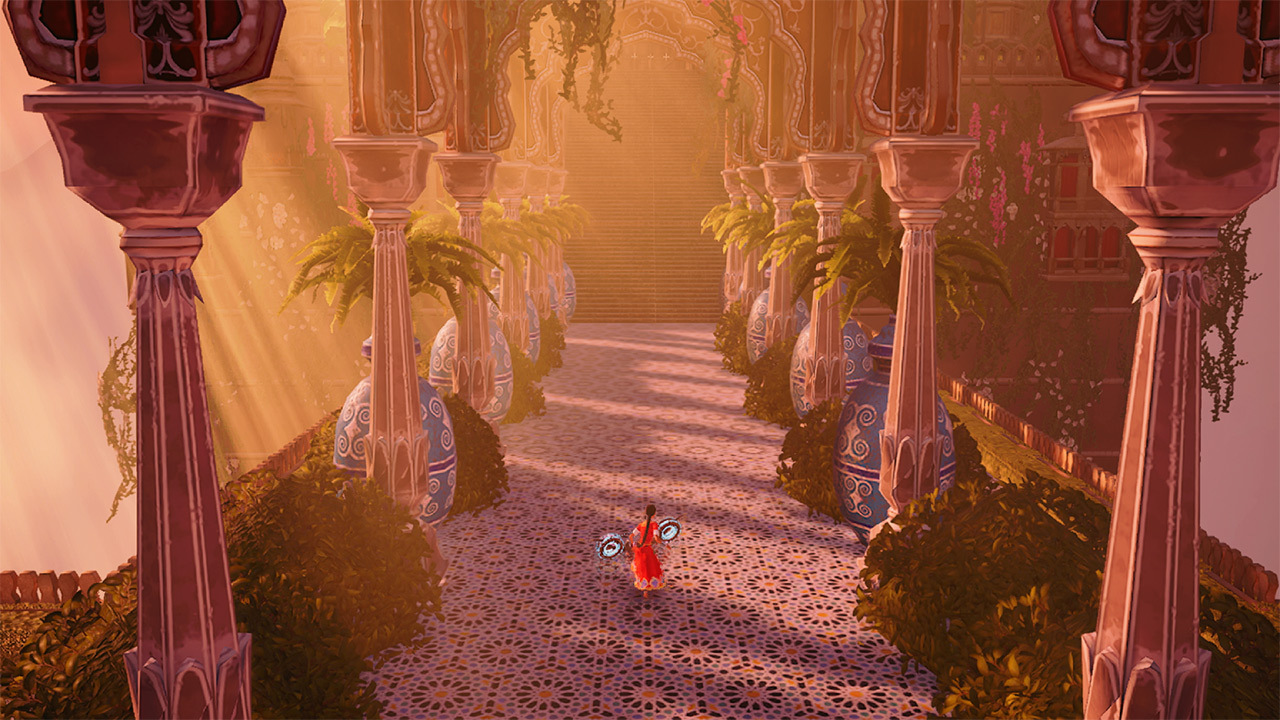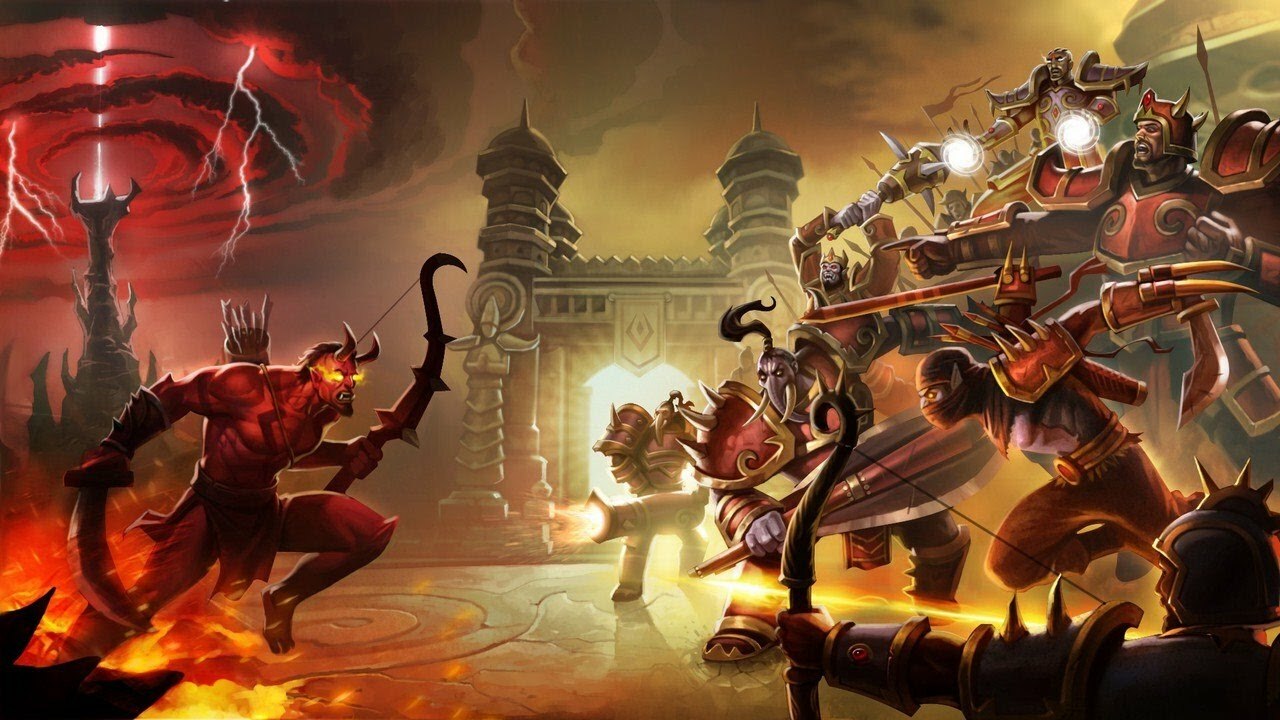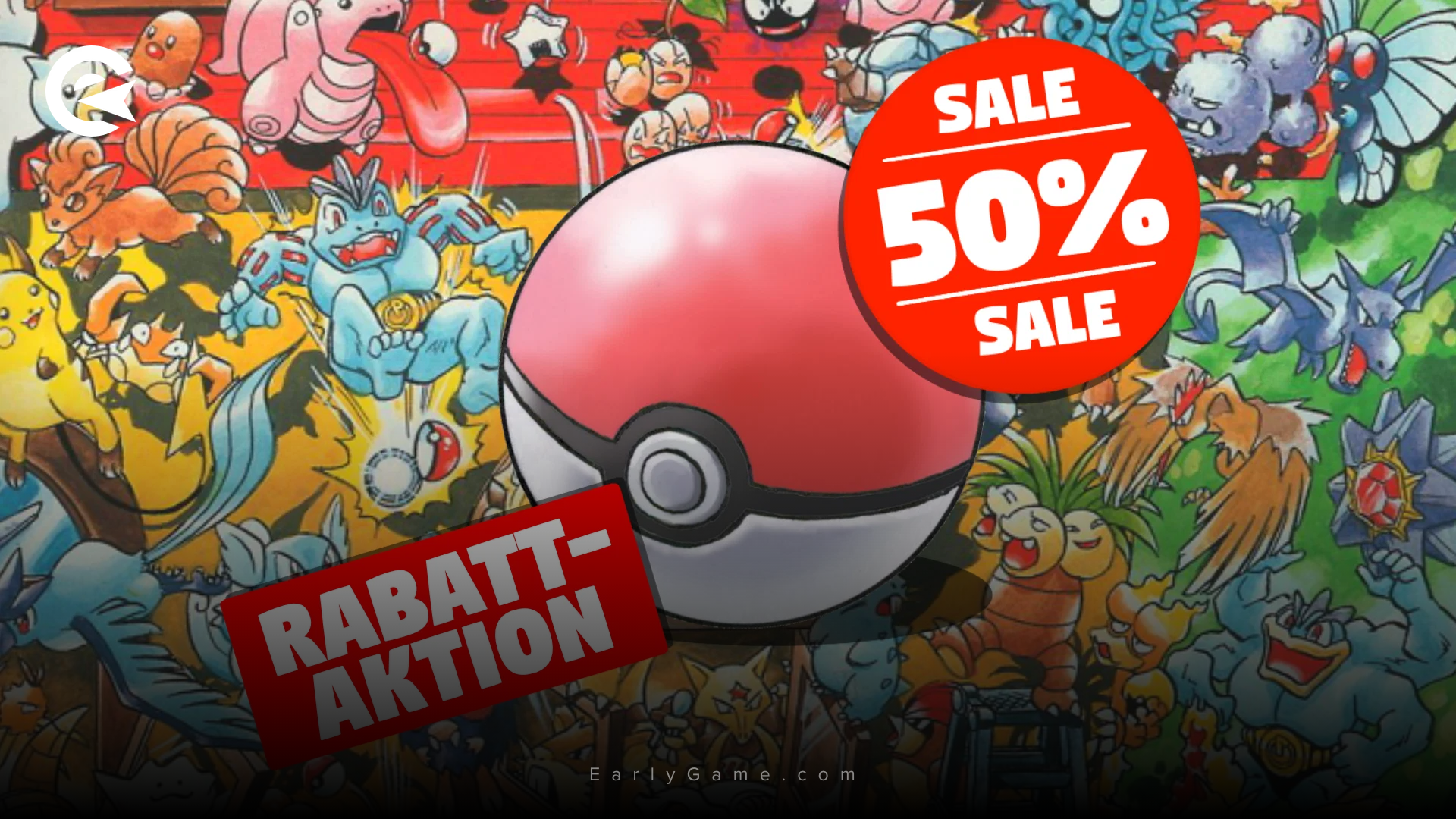We wondered how inexpensively one could collect the original 151 Pokémon—and we found the answer.
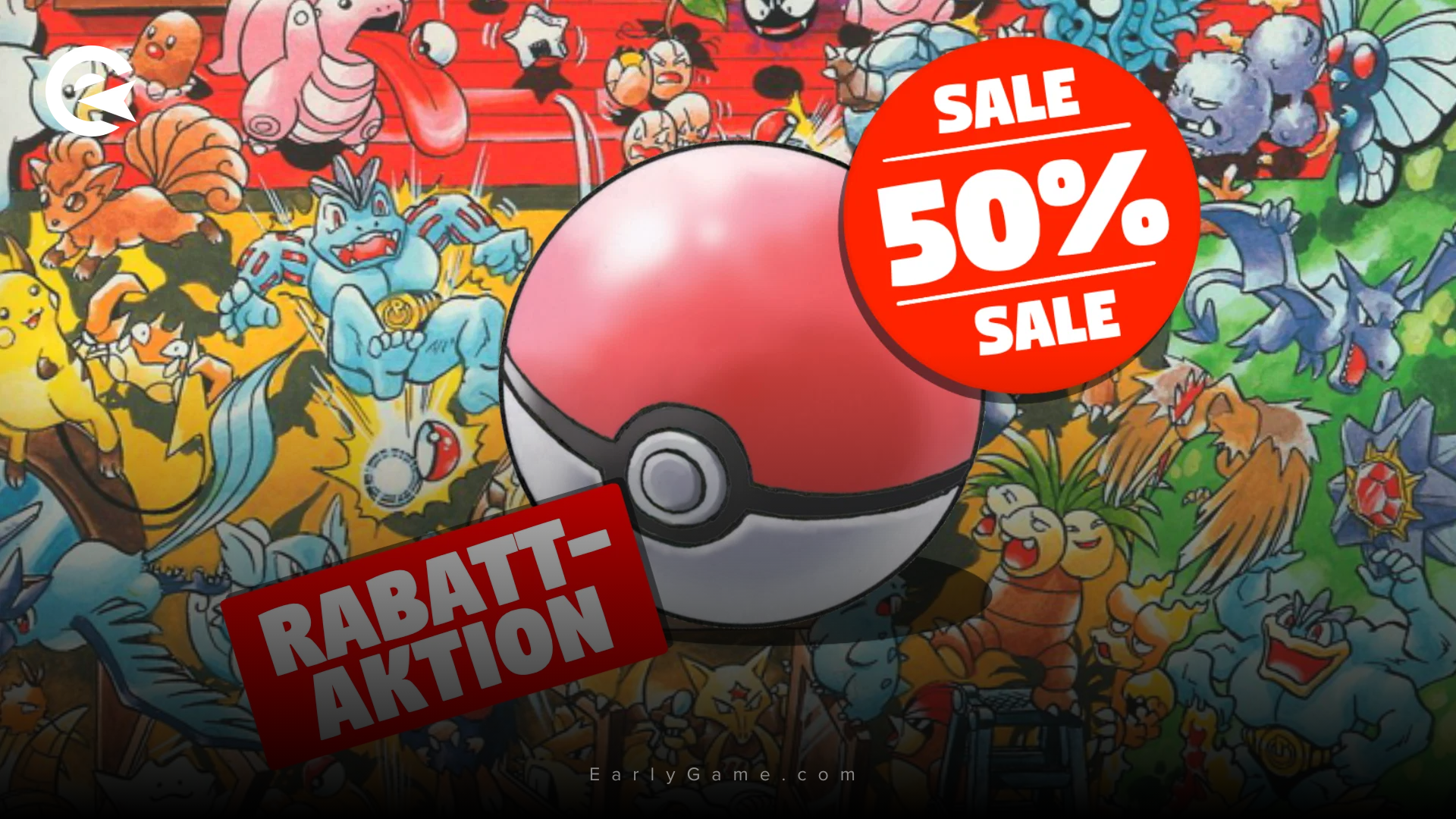
For over 30 years, gamers have set out on their journey to become Pokémon Masters, battling with their creatures and, ideally, catching 'em all.
Filling the Pokédex isn’t just time-consuming, it can also be pretty expensive. But how expensive exactly? That question is unanswered - until now. So, let’s figure it out: What’s the cheapest way to get all 151 Pokémon from the first generation?
Of course, there are far more Pokémon today, but for simplicity's sake - not just in terms of the number of creatures - we’ll stick to this thought experiment using the Red and Blue versions as our reference point.
Catch 'Em All – For The Lowest Price Possible!
The first, most logical approach would be to simply multiply the number of Pokémon by the price of a Poké Ball (200 Pokédollars), which would leave us with a hefty total of 30,200 Pokédollars.
And yes, we’re conveniently ignoring the insane amounts we all spent on Ultra Balls, desperately hurling them at Legendary Pokémon only to watch them break free over and over again. Instead, we’ll optimistically assume one ball per Pokémon is enough, which is already expensive enough as it is.
But since we’re not Meowths who can magically conjure money with Pay Day, let’s see if we can lower that cost - and as it turns out, that’s actually pretty easy!
Our Poké-Financial Plan
After all, we don’t actually need as many Poké Balls as there are Pokémon because one of their defining traits is evolution. And even though some of them undergo massive transformations in size and form, they still fit inside their original Poké Ball.
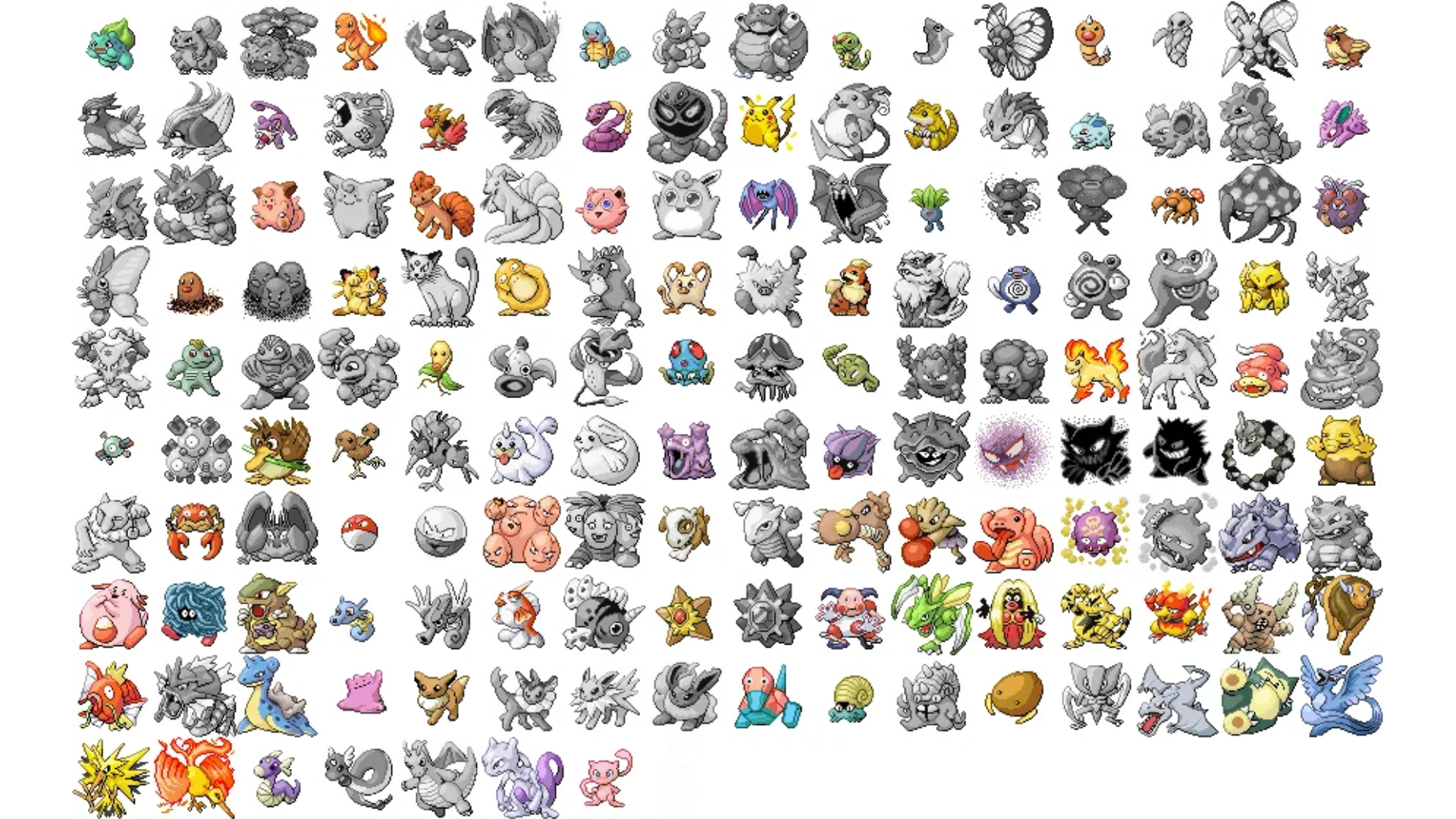
With 72 evolved forms in the early days of Red and Blue, we’re left with only 79 different Pokémon to catch. And we can subtract another 11 Pokémon that are given to us throughout the game, already conveniently packaged in a free Poké Ball.
These include not just our starter Pokémon, so Bulbasaur, Squirtle, or Charmander, but also Aerodactyl, which is cloned for us when researchers on Cinnabar Island extract its DNA from amber, or Lapras, which we receive in the Silph Co. building to drive out Team Rocket.
But even then, we’re still not done yet.
Even if we wanted to, we couldn’t catch all of the remaining 68 Pokémon. Red and Blue each feature 6 edition-exclusive monsters, and there are 4 others that need to be traded within the game: Pidgeot, Jigglypuff, Primeape, and Snorlax.
In order to complete the Pokédex, we would need to offer up other Pokémon for trade. But since this is a free process (yes, yes, you may lose a loyal companion, but this is all about the money!), it doesn’t significantly affect the cost.
Intermediate conclusion: We now only need to purchase 58 Poké Balls to catch the remaining Pokémon.
In Pokémon, You Don’t Get Much For Free
And I can already hear you shouting, "What about the free Poké Balls, like the ones Professor Oak gives you?!" To that, I say: Wait a second, the article isn’t finished yet!
Yes, by now, it’s common in the Pokémon games to receive Poké Balls here and there to keep your journey going and to catch more monsters. But back in the days of Red and Blue, that wasn’t the case.
At that time, it wasn’t entirely clear how significant the catching mechanic would become, and thus, not many of those precious Poké Balls were given away for free.
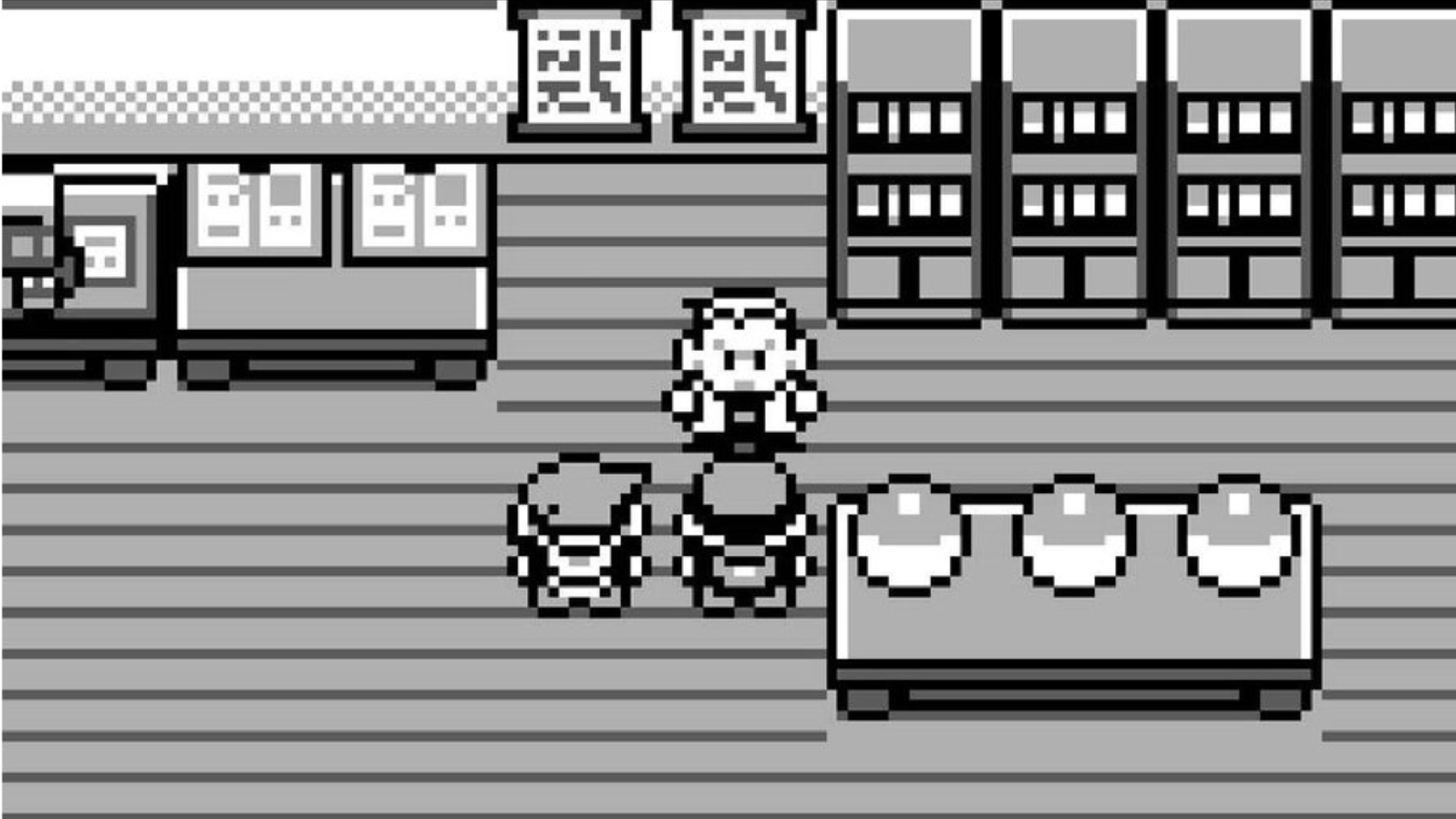
In fact, there are only 6 hidden balls that we can take for free, and the only special gift of this kind is the Master Ball, given as a reward for saving Silph Co. With that, our expenses drop again to only 51 balls.
One last small saving we can make regarding the balls is found in the Safari Zone. There, we encounter 6 Pokémon that can't be found anywhere else.
Instead of regular Poké Balls, Safari Balls are used. We receive 30 of them for a visit to the zone, at the cost of 500 Pokédollars. So, instead of 51 balls at 200 each, we only need 45, but we must keep in mind the one-time cost of 500 Poké Dollars.
Investing in Evolutions
Unfortunately, at this point, we must adjust our expenses upwards again, because although evolving Pokémon through experience points or trades is completely free of charge, there are also creatures that require certain minerals in order to complete their evolution.
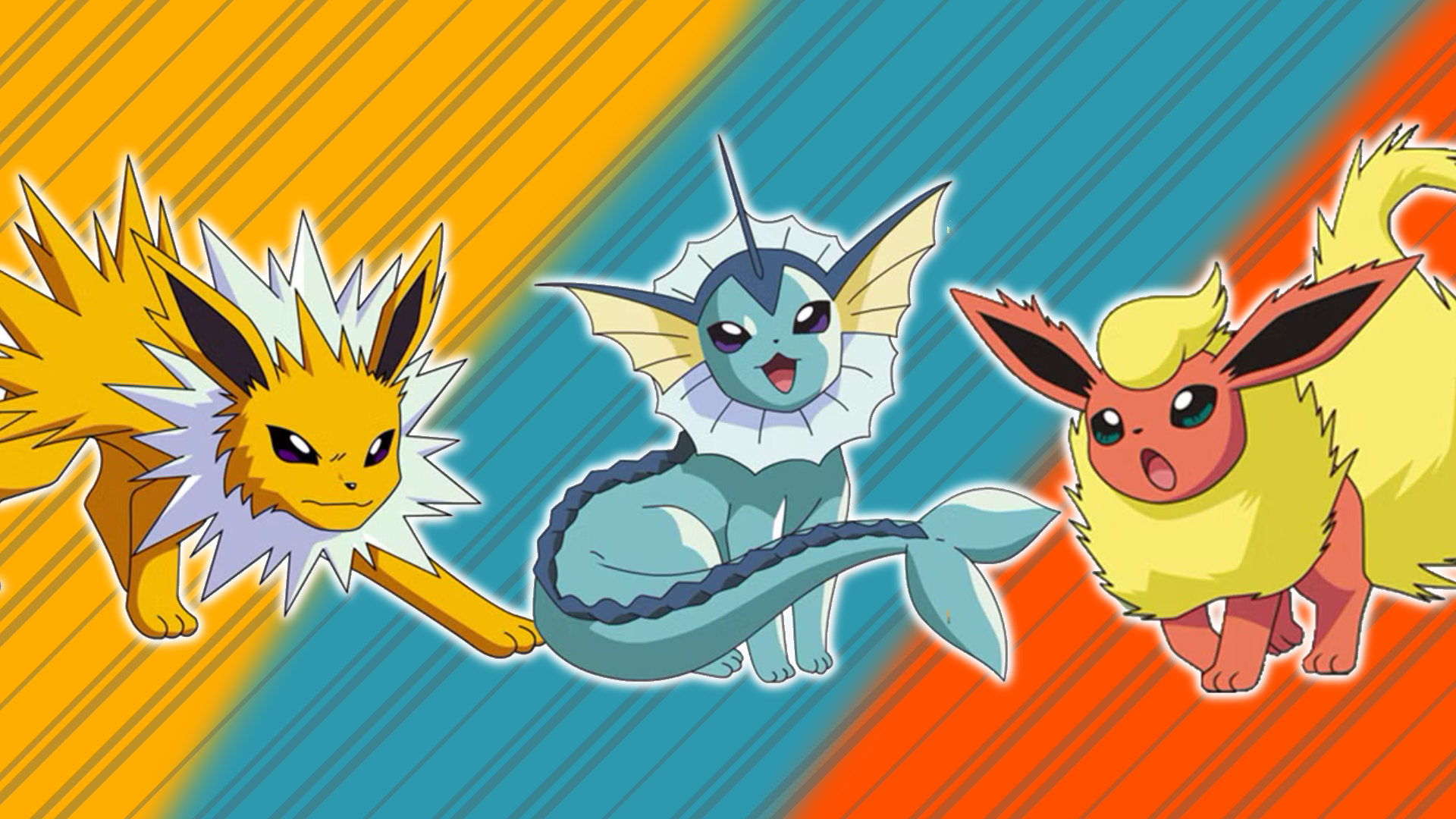
In addition to Eevee, which can evolve into one of its three elemental forms through a Fire, Water or Thunder Stone, there are 8 other Pokémon that can only evolve through the use of a stone. (In fact, there are even more, but Pidgey and Jigglypuff aren't relevant for us right now since Moon Stones can only be found and not bought.)
Evolution stones are, like pretty much everything in the world of Pokémon, quite expensive, costing 2,100 Pokédollars each. However, we can save a little here, as a friendly NPC in Cerulean City gives us three stones in exchange for three drinks. So, three of the stones will only cost us the 200 PokéDollars for the water we offer in return - because a soda would be pure extortion!
Of the 11 stones we need in total, we only pay the full price of 2,100 Pokédollars for 8, while the remaining three cost us just 200 Pokédollars each.
Before we reach our final result, it should be noted that the artificially created Porygon cannot be caught or traded. Instead, it can only be obtained by earning enough coins in the Rocket Game Corner to purchase it. However, if you're as lucky as we are and catch every Pokémon with just one throw, you won't have any problems in the Game Corner, and no additional costs will arise.
151 For A Price Of...?
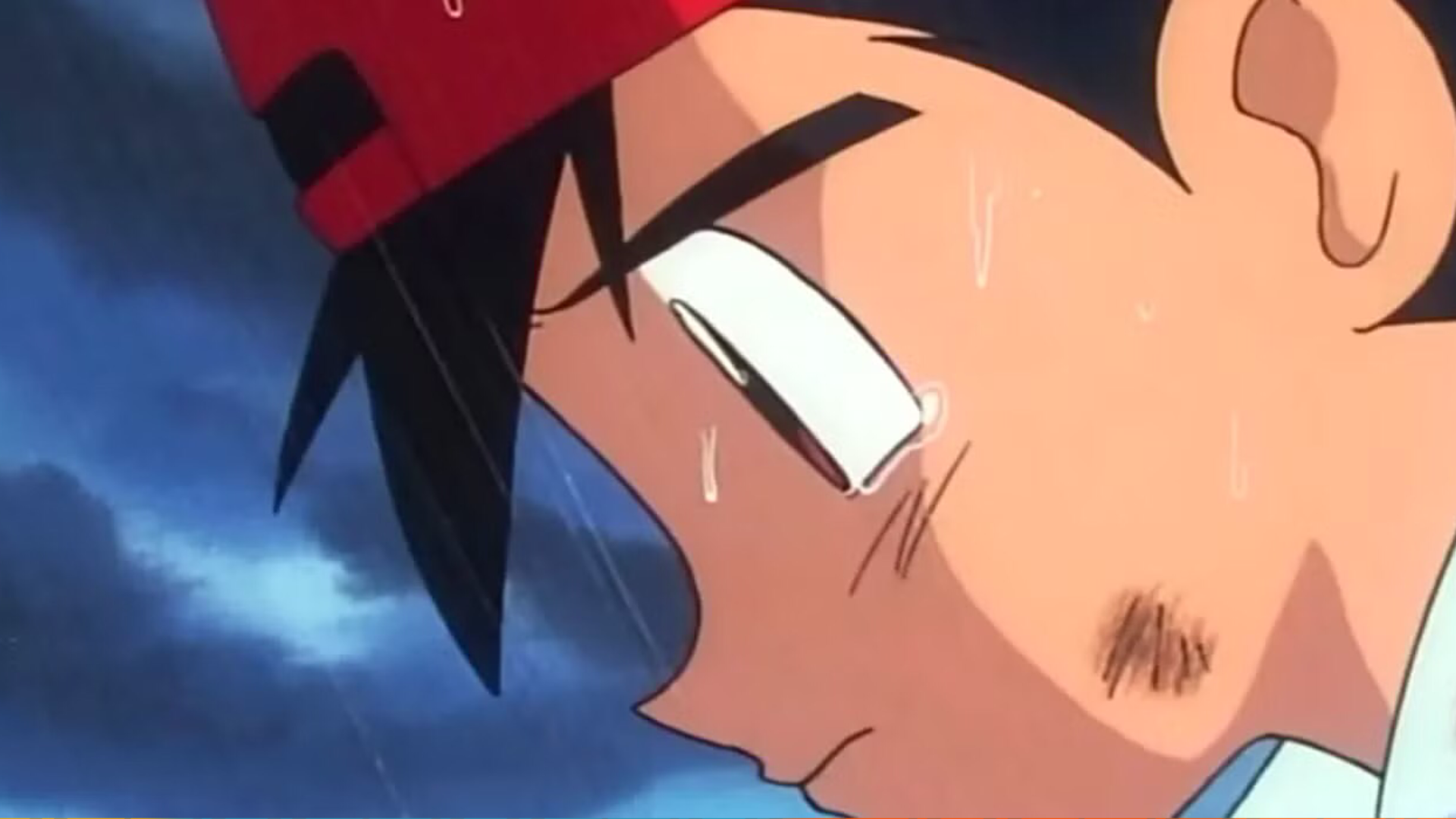
Instead, we are left with 45 Poké Balls at 200 Pokédollars each, our Safari trip costing 500, 8 stones at 2,100 Pokédollars each, and 3 stones at 200 Pokédollars each, which all adds up to a staggering 26,900 Pokédollars.
Surprisingly, this is not far from the initially estimated 30,200, which only further emphasizes that Pokémon is an incredibly expensive hobby—don't even get us started on the costs of raising them.
Have you ever tried to count the Pokédollars you spent in the course of this game? What do you think about the cost of Poké Balls in this game in comparison to newer ones?
